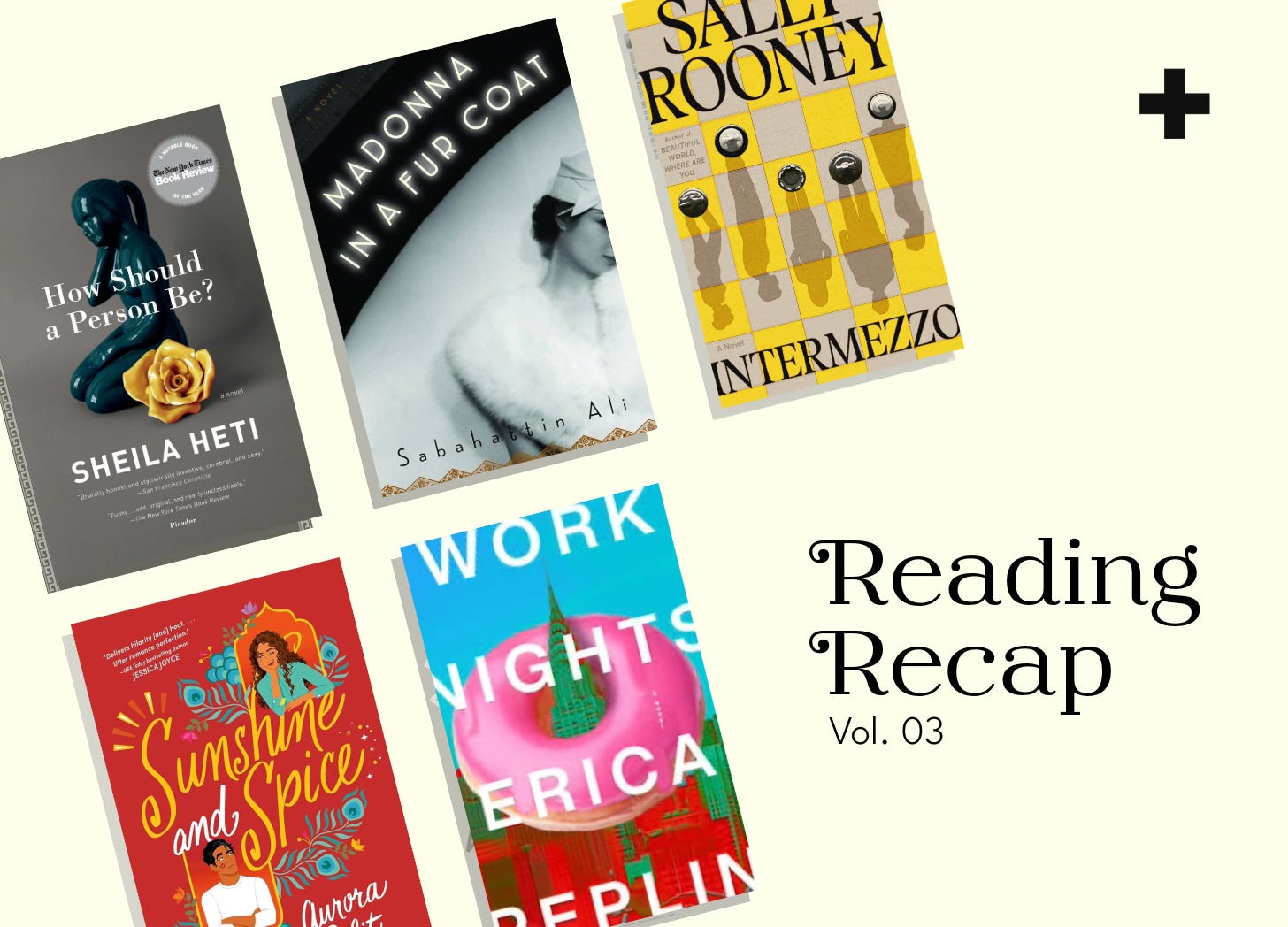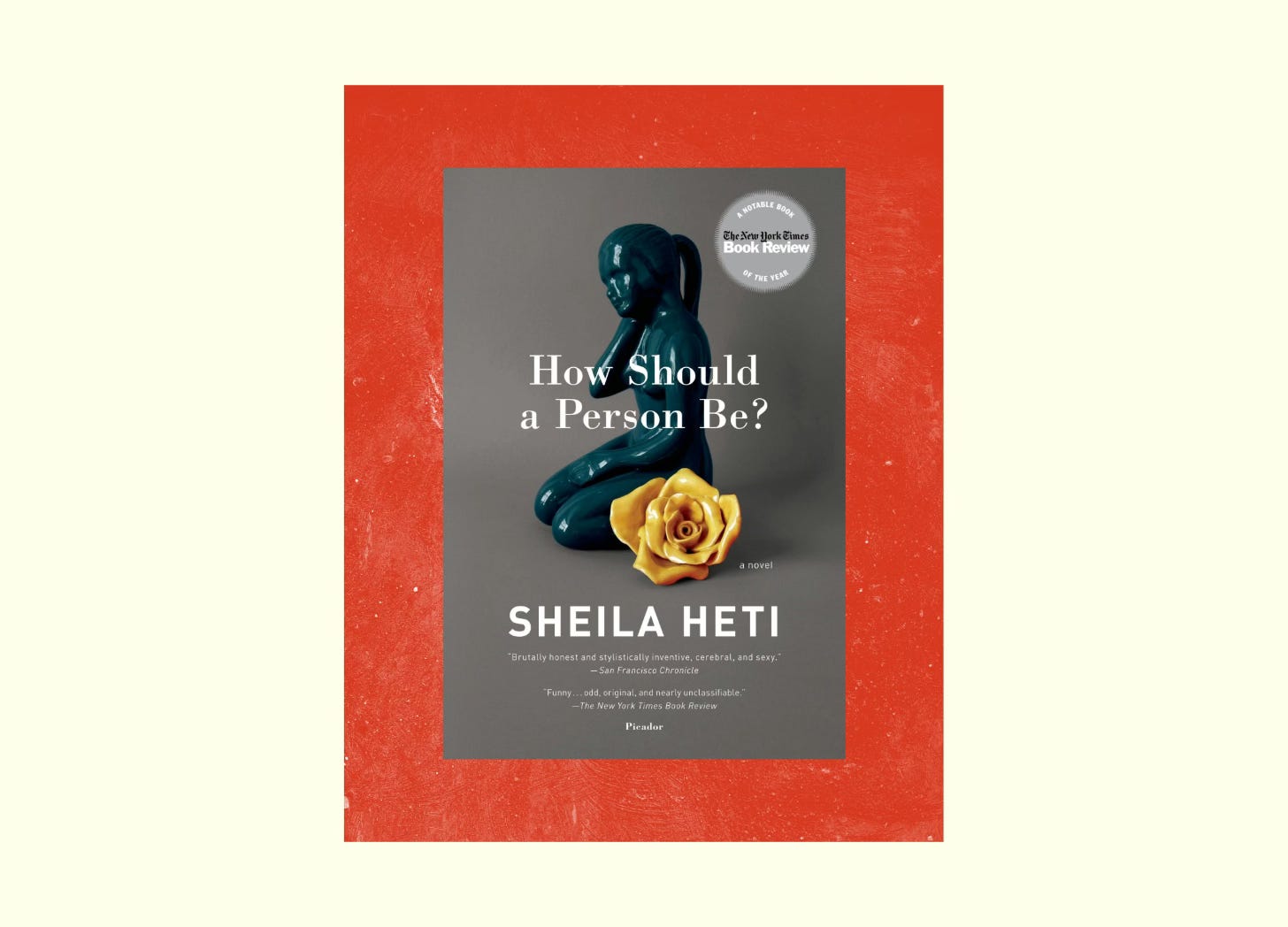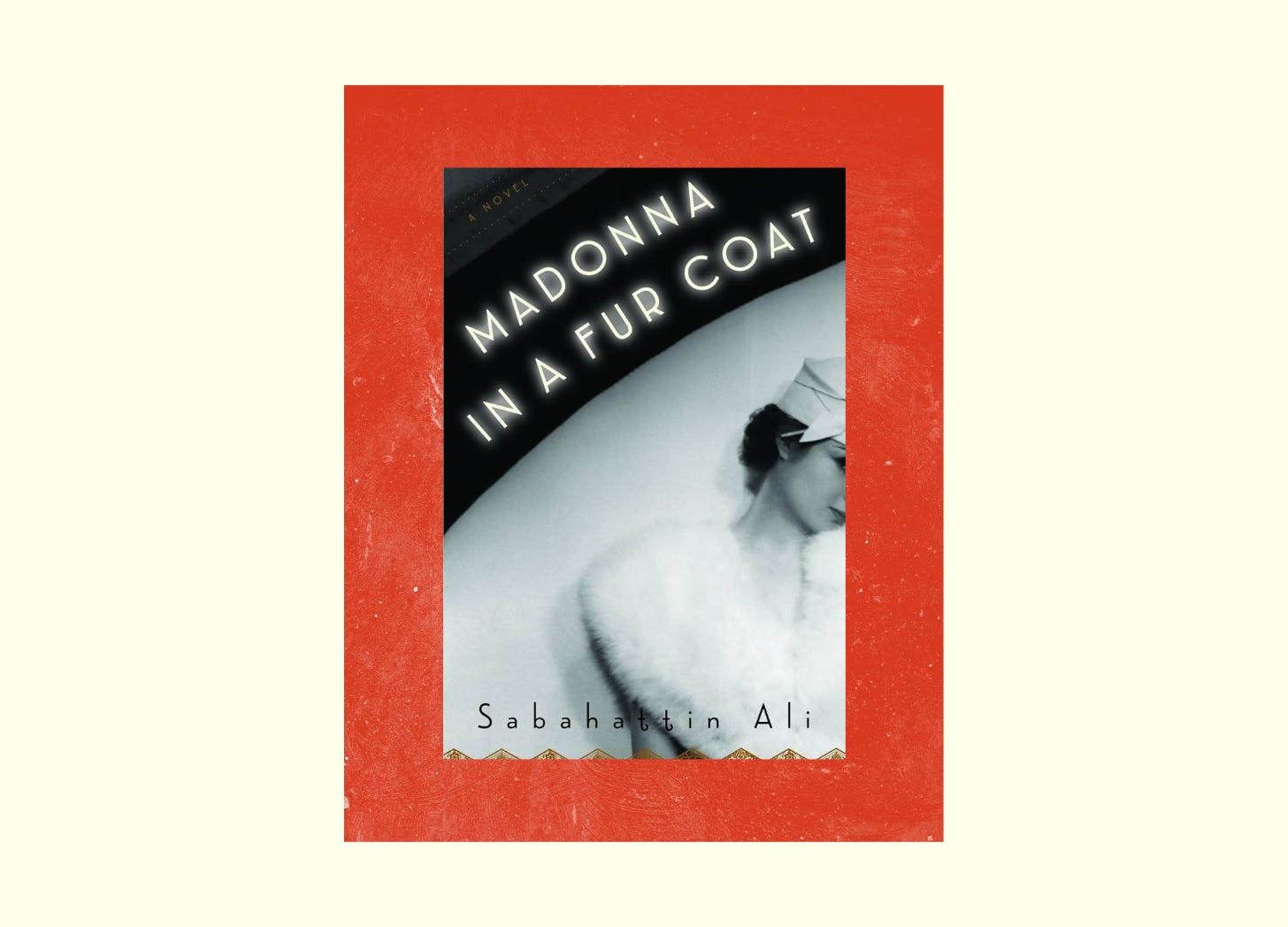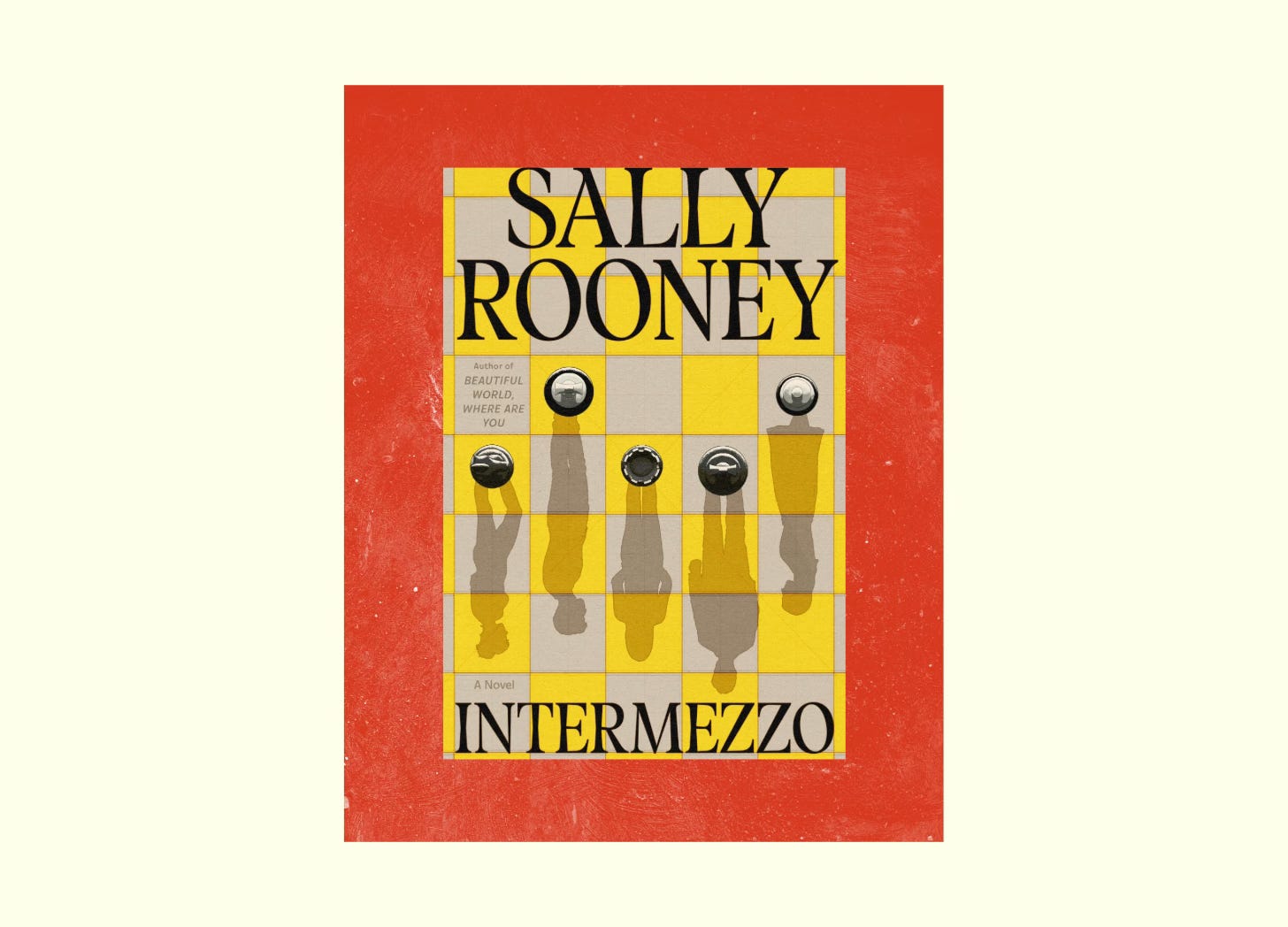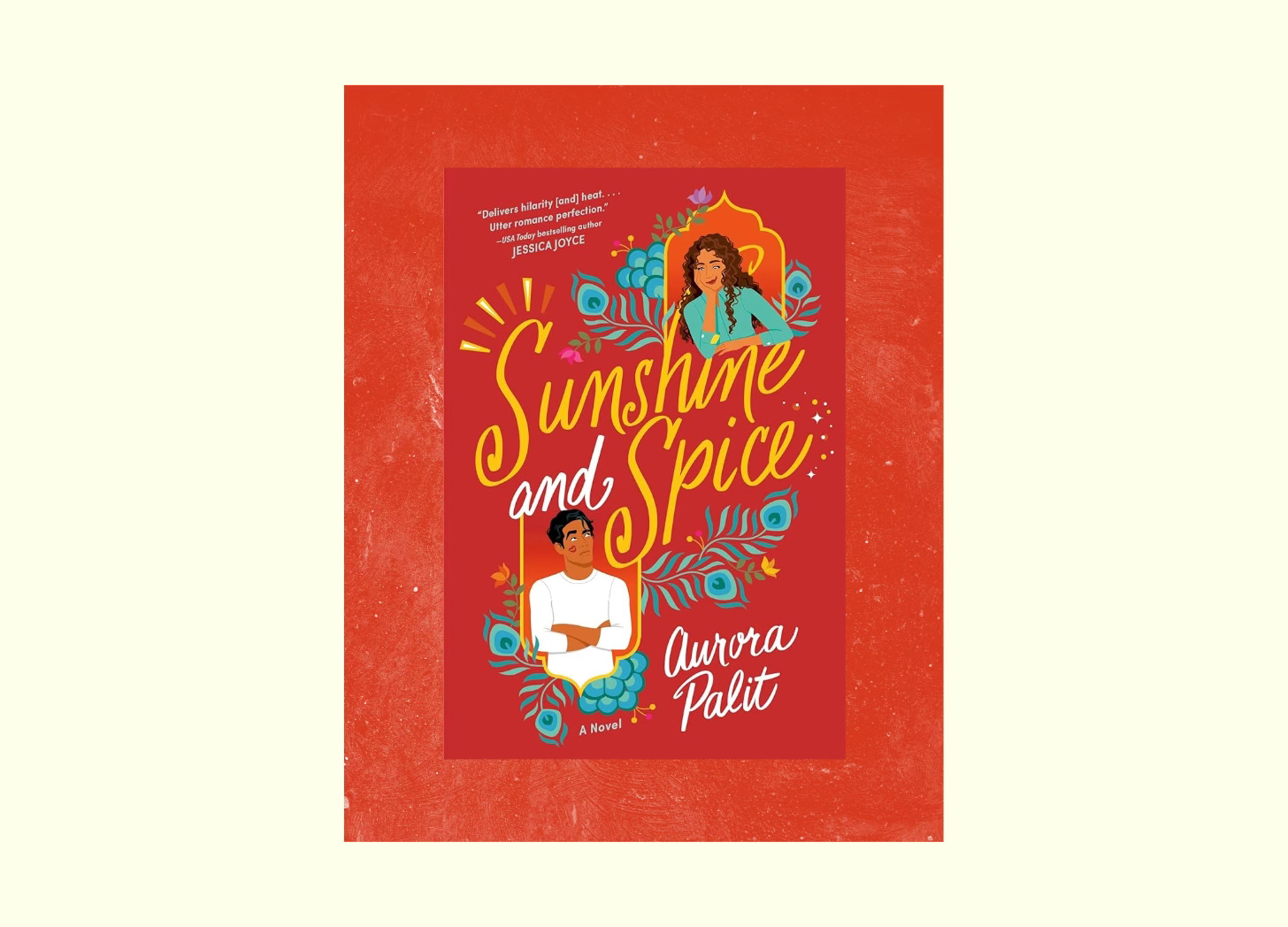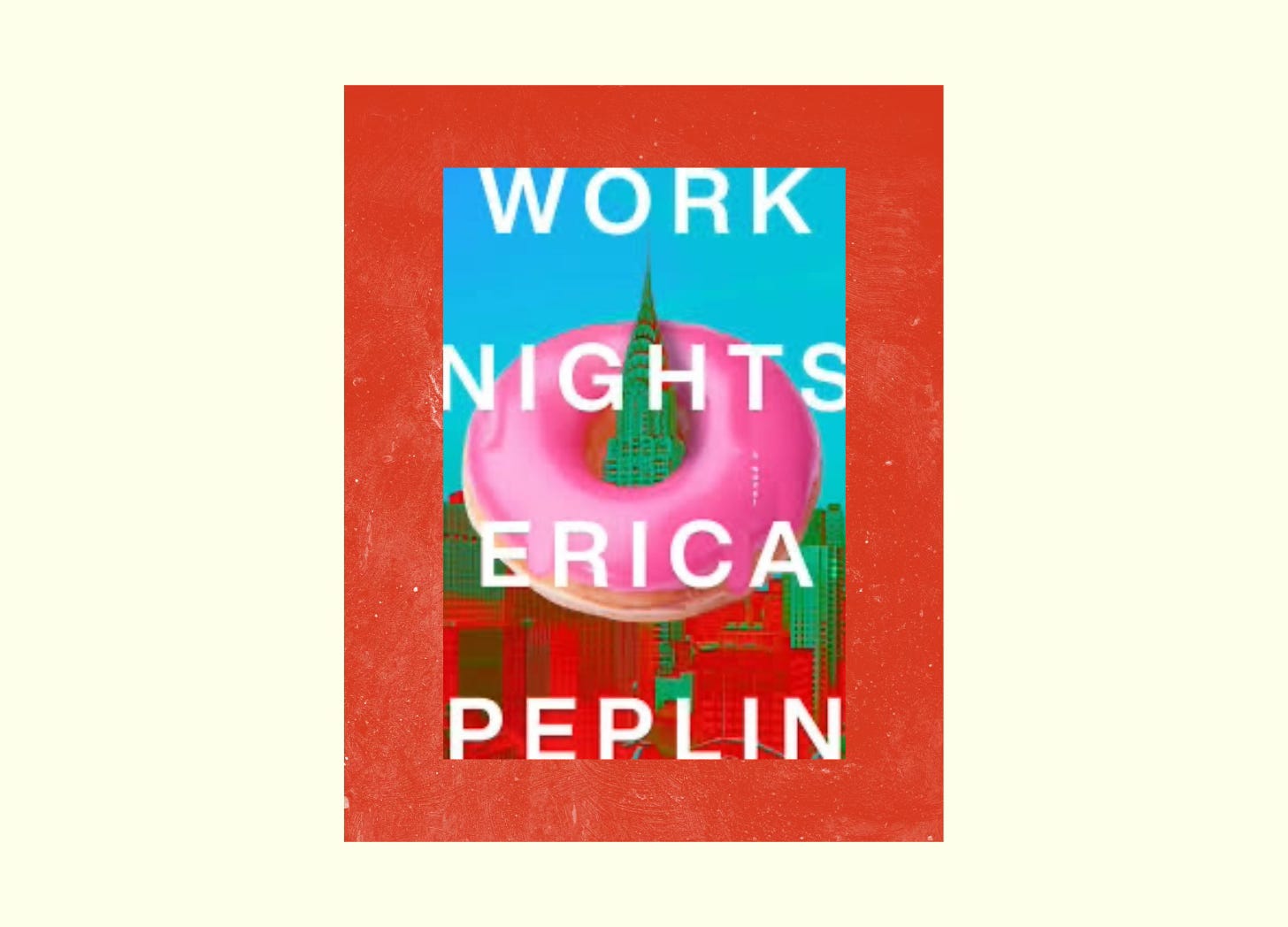Reading Recap, Vol.03
How should a Person be? Madonna in a Fur Coat. Intermezzo. Sunshine and Spice and a debut novel: Work Nights! Reviews from featured readers are finally here.
Sometimes, after a Pages+Pours event, I have to take a minute to let my emotions run their course.
The emotions? They are basically like… “Woah! My (metaphorical) cup is so full!”
In fairness, I’m a Pisces, it doesn’t take too much for me to feel that way.
But — there are two things about these events that lend to this consistent sense of overwhelming satisfaction.
A continuous stream of new featured readers who set the tone of the evening and make everyone feel so deeply welcome and open.
The fact that many of the event attendees have reached out to me letting me know that they’re now continuing their newly formed IRL friendships with people they met at the event.
As I said, I’m a Pisces. Thus, this is not only music to my ears — it’s also alligator tears dripping softly down my cheeks filled with joy.
Without further ado (or tears) — Let’s dive into the reviews of the gracious, kind, and intelligent women whose reviews of books loved and loathed make up Vol. 03.
Want to be a featured reader? Let me know by filling out this form.
How Should A Person Be? by Sheila Heti
Reviewed by Sara Lieberman
Follow Sara on her substack “Overthinking It”.
Rating: ⭐⭐⭐⭐⭐
How should a person describe this book?
Its short, staccato-esque chapters unfold as quickly as the thoughts in our brains and the very meta scenes and characters will trick you into thinking it’s non-fiction. In which case, consider yourself warned: This wildly maddening, but brilliant novel is not for literary rule-followers, traditionalists, or anyone shocked by vulgarity and crudeness. Rather, it’s for the sometimes shameless overthinkers who, perhaps in their own writing or general being, share brutal honesty at no expense. Or, at least want to flirt with forthrightness, but instead cower under societal pressures (or, better yet, manners), keeping their candor inside their heads, which, in turn, unleashes an internal ache to reveal without repercussions. The latter demographic will find a great sense of validation from this unique novel about nothing and everything, friendship and art, rejection and desire — to achieve, to succeed, to simply be, even if the answer for how to do so remains a mystery.
How Should a Person Be? reads, at times, like a screenplay, an outline, and even a to-do list. Considering this unique storytelling style that’s earned the Canadian author both praise and hate mail, I give you a “Haiku Review.”
As a reminder, a haiku is a Japanese poem that consists of only three lines in 5/7/5-syllable format:
Formless prose unfolds
Unfiltered thoughts through sharp words.
TMI is queen.
🍷Pairing:
Since writer Sheila Heti keeps things super real and raw, this begs for a filterless wine, and while Puglia’s Calcarius has already reached peak pet nat status, its Rosato is too tasty and quirky not to pair with this book.
Madonna in a Fur Coat, by Sabattin Ali
Reviewed by Catherine Thoms
Follow Catherine on Instagram or her substack Lit Chat for weekly book reviews.
Rating: ⭐⭐⭐⭐
We first meet our protagonist, Raif, through the eyes of his disillusioned younger colleague in 1930s Ankara, who sees him as a dull, weak man with nothing to live for. Determined to uncover the reason for Raif’s apparent resignation, the young colleague persists in befriending him, and is ultimately rewarded with an answer to the mystery: a notebook containing the tale of Raif’s first and only love.
The titular Madonna in a Fur Coat is a painting Raif finds in Berlin in the early 1920s, where he has been sent by his father to further his career. Though he fails to integrate himself into the city, Raif feels an instant connection with the painting. He spends entire days seated before it, so mesmerized that he does not, at first, notice the painter herself when she comes to sit beside him.
Maria is also an outsider in Berlin, of Jewish and Czech heritage. She and Raif become fast friends, entering into an intense relationship that flouts traditional gender roles and mainly consists of long walks around Berlin debating the nature of love. Maria warns Raif from the beginning that love is something she is incapable of giving him, and which he should not hope for. Yet their relationship continues to serve as a romantic litmus test for modern readers: are they soulmates, or merely destined to hurt each other?
First published in Turkish in 1943, this novel was largely dismissed for decades, but has been experiencing a resurgence in popularity since its translation into English in 2016. It seems fitting that this story of strange love between two outsiders in a cultural haven of relative freedom should now appeal so strongly to readers in increasingly conservative and restrictive countries, who recognize both the hope and tragedy of the love preserved within its pages.
🍷Pairing:
Best paired with a sidecar made with brandy and orange liqueur, perfect for evoking the bittersweet glamour of a long-lost night with a fleeting love in a 1920s nightclub.
Intermezzo, by Sally Rooney
Reviewed by Katherine Katz
Rating: ⭐⭐
Let me start by saying—I really wanted to love Intermezzo. I’ve been a Sally Rooney reader since Normal People, which I found both emotionally raw and structurally brilliant. But Intermezzo didn’t hit the same note for me.
As always, Rooney’s descriptions of Dublin and the Irish countryside are atmospheric—gloomy, romantic, even transportive. You can feel the damp chill and emotional undercurrent in every foggy lane. But that’s where my admiration ends.
The rest of the book—particularly the relationships and dialogue—left me frustrated. The characters wander through pages and pages of elliptical conversations that never seem to land, and the romantic entanglements? Whiny, circular, and frankly unbelievable. Rooney’s signature dialogue style, usually a strength, feels indulgent here—like we’re stuck in a never-ending late-night text thread with someone who should’ve just gone to bed.
And honestly—haven’t we, as a society, been through enough of these introspective, emotionally underdeveloped men dragging their exes (and readers) through existential back-and-forths that never resolve? I found myself spending precious reading time mentally yelling “Move on!” and “Say what you mean!”
Final word? Intermezzo might be a mood, but it’s not one I wanted to sit in for this long. If you’re in the market for more self-obsessed moping from emotionally stunted men—congrats, Rooney’s got you. As for me? Yes, thanks. Bye.
🍷Pairing:
In honor of Rooney’s moody men and misty Irish hills, I’m raising a pint of Guinness—and hoping that at the very least we get a Paul Mescal appearance in the Hulu version.
Sunshine and Spice, by Aurora Palit
Reviewed by Sheetal Mallavarapu
Rating: ⭐⭐⭐.8
Sunshine and Spice is a lighthearted, heartwarming and fun South Asian romance novel. One of the main reasons I loved this book was the exploration of cultural identity from both the characters.
One feels too immersed in his culture that he feels constrained by it, while she often feels a yearning for community and belonging.
The dichotomy between both of their experiences made their story interesting, complicated and relatable. Both characters are endearing and go on their own journey of growth when it comes to their conceptualization of culture, marriage and relationships. This book was hilarious so if you’re looking for something funny and light for your next read, I’d recommend this one.
Romance Tropes: Fake dating, opposites-attract
🍷Pairing:
Masala Chai OR a nice fruity orange wine
Work Nights, by Erica Peplin
Reviewed by Katie Temrowski
Rating: ⭐⭐⭐⭐⭐
Work Nights is a dry, funny debut about being young, queer, and professionally unfulfilled in New York. The protagonist, Jane, works in luxury ad sales at a fashion magazine. She’s messy, insecure, kind of mean, and always five minutes from spiraling. Very relatable.
The book has the sensibility of Lena Dunham, Sally Rooney, and Big Swiss. Told in crisp, sarcastic prose, it’s heavy on dialogue, light on plot, and full of dry, laugh-out-loud lines like: “The thing about dating girls is this: the sane girls are boring, and the interesting girls are nuts.”
Jane spends most of the book navigating a chaotic almost-relationship with a flaky straight girl, avoiding a real one with someone actually available, and performing her job with just enough competence to survive. She’s got that very specific millennial-woman vibe: convinced she’s smarter than everyone else but also sure everyone sees right through her. That tension makes her interesting, even when she’s being the worst.
The book doesn’t try to do too much—there are no big epiphanies or redemptive arcs—which is part of what makes it feel honest and real. It’s more a snapshot of a specific kind of life at a specific moment: being stuck in your late twenties, spinning your wheels, and pretending you’re in on the joke.
If you like character-driven lit-fic that’s more about vibe than plot, sharp cultural observations, and enjoy watching wise women make bad choices, this one’s worth your time! I can't recommend it enough!
🍷Pairing:
A glass of cheap red wine in a coffee mug. Let’s be real. That’s probably what Jane would actually drink at home.
About Pages+Pours
Pages+Pours is creating a space for people to come together and discuss literature they love (or loathe). Come and opine with others about books you’ve recently read, swap with someone who’s interested, and stay connected over a newly formed bond.
To get in the know about upcoming events, subscriber here or follow us on instagram!





